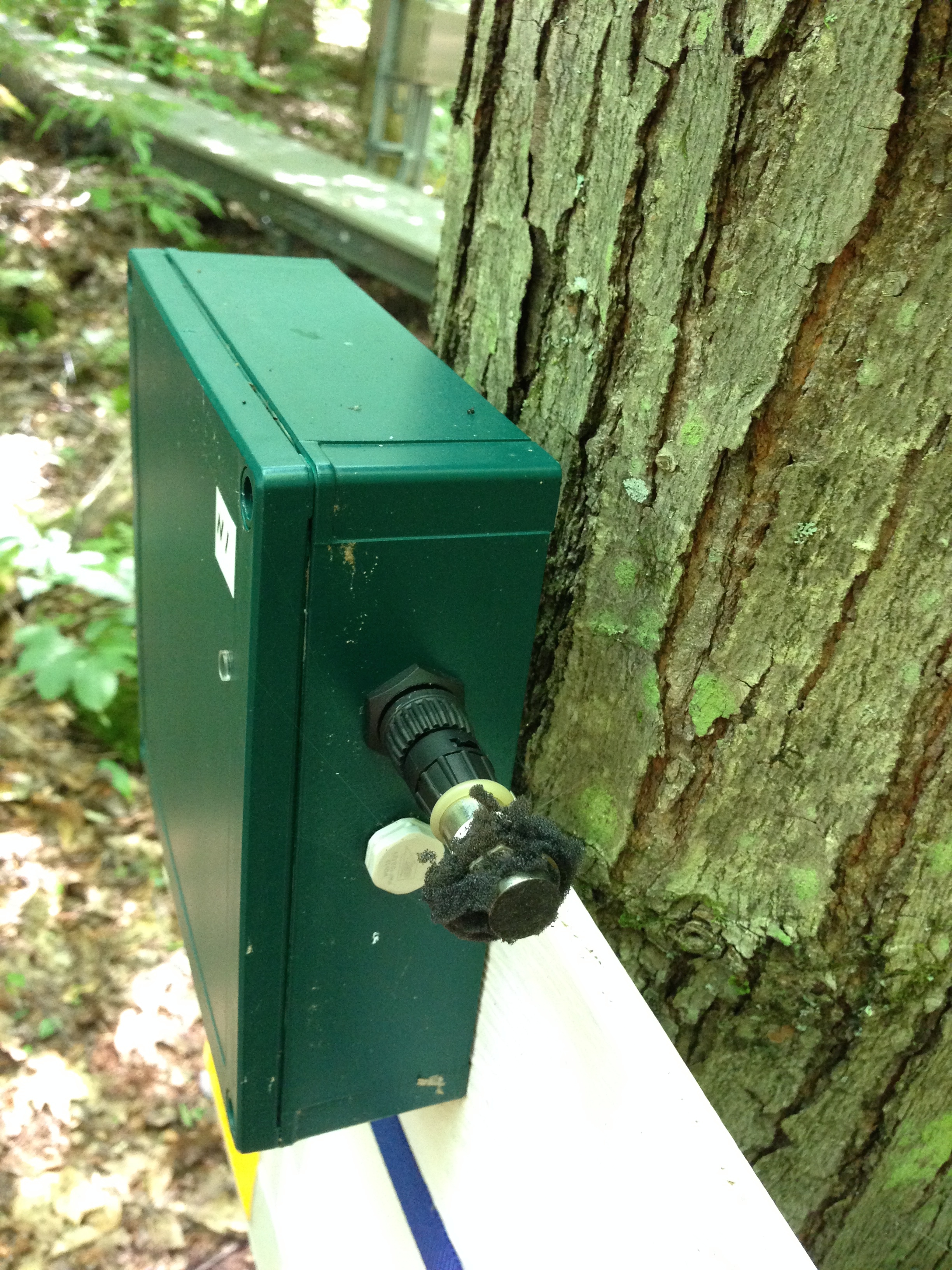I like to think of myself as an outdoorsy person. I try to get away from it all a couple times a week. Mostly I go mountain biking, but I also run and hike on forest trails. In addition to the enjoyment I get from these activities, I like to listen to the environment. I enjoy being in an area where I cannot hear human activities. Where the dominant sound is contributed by something – insects, birds, frogs, wind, rain or whatever happens to be around – that is not “us”. Hearing plays a large role in my perspective of a location. There is currently a disconnect between my eyes and my ears when I walk into the lab. I walk into the lab and I see desks and workbenches, but I hear a meadow in summer. Actively listening to one’s environment can have a profound impact on the way in which we experience our world. As we welcomed the students back to campus, I have noticed the sheer number of individuals who walk around actively isolating themselves from the sounds in their environment. I don’t care for the sounds of cars driving by, emergency vehicle sirens blaring, or the constant hum of HVAC equipment – but at what cost are we drowning out those sounds with our personal playlists. Perhaps it is the curmudgeon in me, but the number of people walking around with headphones gives me trouble. There is a wonderful world around us, we just have to open our eyes, ears, and minds and experience it. It is this perspective that makes me grateful for the opportunities I have to experience nature.
This week, Hannah and I headed out to Harvard Forest to service the acoustic recorder deployed there. It was my first time going to the site and I was surprised. Rural Massachusetts is beautiful country. From the colonial style houses to the pastoral views, and the turkeys hanging out in the road, the drive to the site was quite enjoyable.

Harvard Forest is a research forest administrated by Harvard University. Since 1907 researchers have been using the forest to study the ways various physical, biological, and human systems impact the earth. We have deployed an acoustic recorder as part of the NEON project and I will be spending the next year trying to extract as much information about the acoustic activity of birds, frogs, and insects as I can. Most of my effort is made from the “comfort” of an office. As an acoustician, most of my time is spent in front of a computer, analyzing recordings and writing up my findings. So I relish every chance I get to go into the field.

We first stopped off at the Harvard Forest research offices to grab the charged batteries. Once we got the batteries, we headed to the recorder. When we arrived at the path to where the recorder is deployed, the first thing we noticed was the presence of a work crew. Perhaps some new sensor was being deployed, so the work crew was installing the instrumentation and some new wiring. The elevated path/gangway had some of the grates missing, making what would be a really easy walk into a really easy walk with some sections of balance beam practice.

After our harrowing journey through the balance beam gauntlet, we got to the recorder. Everything looked ok from a distance, but upon closer inspection, the recorder was not on, and the microphone windscreens (the foam covers for microphones) had seen better days. As it turns out, those windscreens won’t quite make it through a year. The recorder was off because the data cards were full. We switched out the data cards, changed the batteries, put on new windscreens, and changed the gain (the record volume). It sounds like a lot, but it went really quickly and we were back on the road in no time. We drove back to Syracuse and despite the long day of driving I was thankful for the opportunity to get into the field, if only for a brief while.

-Sam